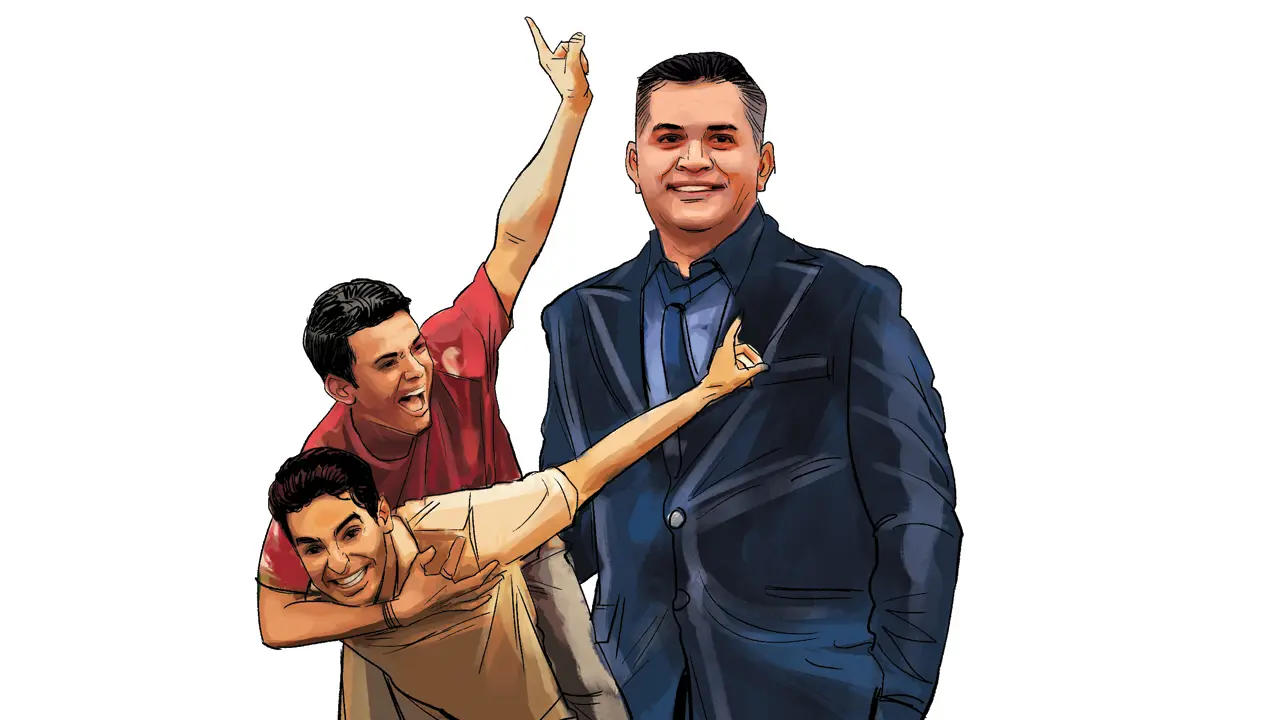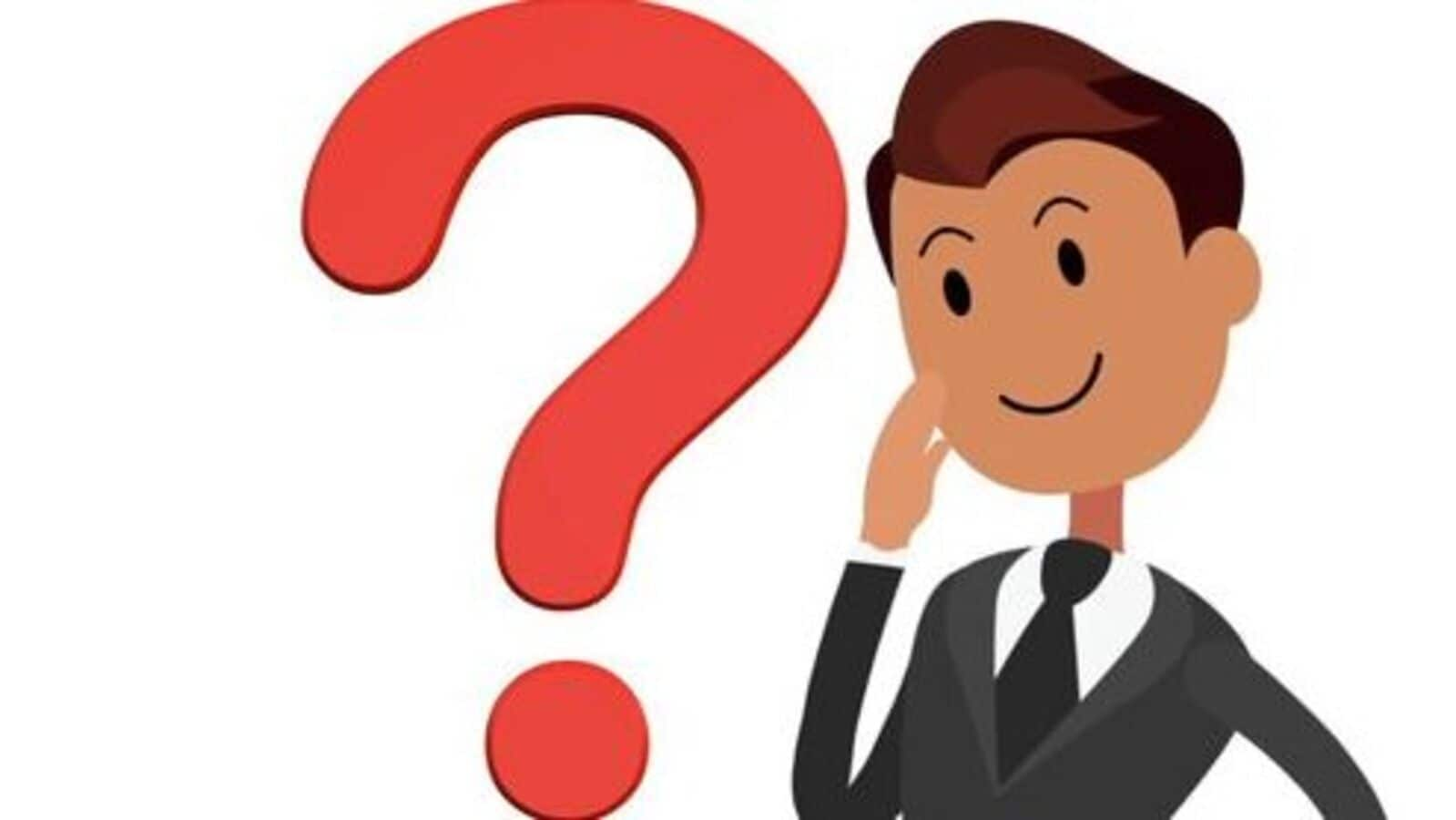[ad_1]
Now India faces another watershed moment. On April 2nd Mr Trump unveiled reciprocal tariffs on America’s trade partners, including a 26% levy on Indian goods. In the run-up to the announcement, Indian officials had sounded upbeat. They suggested India could weather any short-term pain and quickly agree to a trade deal with America that would unleash growth. Some even compared it to 1991. But privately many worry that any deal would face fierce resistance at home. And a long trade war could jeopardise the ambitious economic and political agenda of the prime minister, Narendra Modi.
India had tried to appease Mr Trump by reducing tariffs on goods including bourbon and motorbikes before Mr Modi visited Washington in February. That helped a bit: the two leaders agreed to complete the first part of a trade deal by this autumn and try to expand bilateral goods and services trade to $500bn by 2030 (from $210bn in 2024). They also agreed that India would buy more American oil, gas and arms to help cut its big bilateral trade surplus.

View Full Image
Piyush Goyal, India’s commerce minister, visited Washington in early March and offered to cut more tariffs. Not long after, India widened its offer to cover some 55% of American exports to India. It also scrapped a 6% tax on digital advertisements, cutting costs for American tech giants. India’s top two telecoms operators, Reliance Jio and Bharti Airtel, struck deals to bring Elon Musk’s Starlink satellite-internet service to India.
Although that was not enough to escape reciprocal tariffs in the short term, it does seem to have kept trade talks on track. India’s commerce ministry said on March 29th that the two sides had reached “an understanding on the next steps”. The aim is apparently to reach a goods-trade deal as early as August, with one on services to follow. For now, it seems, India has decided against retaliation.
Reciprocal tariffs’ direct impact on India’s economy will be limited. Bilateral goods trade with America is around 3% of India’s GDP (it is 35% of Canada’s). Pravakar Sahoo of NITI Aayog, the Indian government’s main think-tank, suggested that India was “not going to lose” overall and might even profit from new trade opportunities, as America was likely to reserve harsher treatment for bigger exporters.
Still, America is India’s biggest export market and the tariffs could strain individual sectors that are big employers, such as agriculture and apparel. India’s farm exports to America are likely to be hit hardest, according to Ajay Srivastava, a former Indian trade official who heads the Global Trade Research Initiative. He also warned that new American tariffs could undermine Indian hopes to become a hub for manufacturers shifting away from China.
The indirect impact on India would be bigger. Slower global growth caused by Mr Trump’s tariffs could trim demand for Indian products, which could face more competition from other countries’ exports that would have previously gone to America, such as steel and chemicals. Goldman Sachs, an American bank, thinks the combined effects could shave up to 0.6 percentage points off India’s annual GDP growth for as long as the tariffs are in place.
Although that is manageable for Mr Modi in the short term, it comes as the economy is slowing and the stockmarket slumping. A long trade war could undermine his goal of boosting India’s exports to $2trn by 2030 from $778bn in 2023-24 and accelerating annual GDP growth to at least 8%. It could also damage his reputation for cultivating warm ties with Mr Trump.
Mr Modi thus appears to be attempting a pivot. Since he took power in 2014, India has steadily increased tariffs as part of his campaign to develop domestic manufacturing. It has also offered production-linked incentives (PLIs), rewarding companies that lift output over a baseline, to attract foreign manufacturers. Quality-control orders, non-tariff barriers that supposedly impose safety standards on imports, have proliferated too.
Yet domestic manufacturing languishes at 14% of GDP, down from 16% in 2015 (in China it is about 25%). Private investment has stagnated and foreign direct investment has gone into reverse. Change may be afoot. Reuters, a news agency, reported on March 24th that the PLI scheme would be allowed to lapse. Mr Goyal recently warned Indian exporters to shed their “protectionist mindset”. Having walked away from a big regional trade deal in 2019, India is now negotiating deals with the EU and Britain as well.
Mr Modi would not be the first leader to use trade deals as cover for market-opening reforms. That is “political economy 101,” says Vivek Dehejia of Carleton University in Canada. Many Indian economists say such reforms are long overdue. Countries including Vietnam and Malaysia have done better at attracting manufacturing away from China, in part through low tariffs and trade deals.
The question is whether Mr Modi can meet Mr Trump’s demands, especially in politically sensitive areas such as agriculture and e-commerce. Mr Trump may push India to open government procurement to American firms and remove restrictions on data flows—demands India has long resisted. Meanwhile, India’s hope of selling more apparel in America could be thwarted by manufacturers there. Mr Trump’s immigration policies could also limit visas for skilled Indian workers.
Conceding too much ground could trigger protests not just from India’s farmers but from tycoons, who have long been insulated from foreign competition. Many have close ties to Mr Modi and are big donors to his party. The bargaining between India’s “tariff king” and America’s “tariff man” is only just getting started.
© 2025, The Economist Newspaper Ltd. All rights reserved. From The Economist, published under licence. The original content can be found on www.economist.com
[ad_2]
Source link




